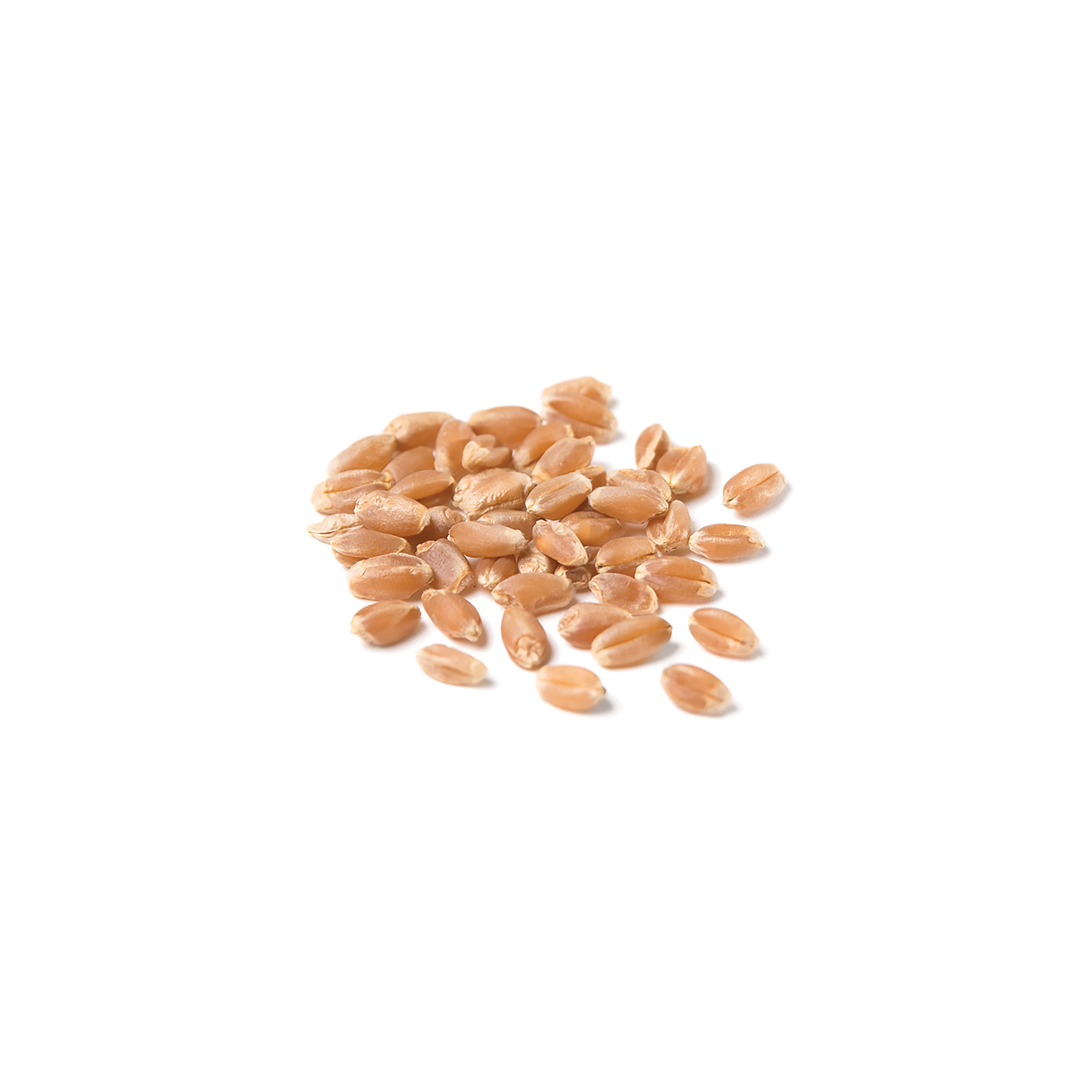STUDY FINE-TUNES USE OF FEED WHEAT
BY MELANIE EPP • PHOTO COURTESY OF ALBERTA GRAINS
Spurred by shrinking barley acreage over the past 20 years, western Canadian cattle feeders have increasingly included wheat in feedlot diets. Over this time, Canadian barley acreage declined by nearly 155,000 acres annually on average, while wheat production climbed approximately 440,000 acres each year. Though its availability and cost competitiveness have made it a natural choice, little research had been conducted to examine the use of wheat in cattle rations.
To address this lack of data, Tim McAllister led a team of Agriculture and Agri-Food Canada Lethbridge and University of Saskatchewan researchers to analyze feed wheat procurement, processing and management. Completed in late 2023, the project created a set of best management practices for the addition of wheat to feedlot diets.
The risk of feed wheat usage is high starch content that increases the potential of digestive issues such as rumen acidosis. Usually brought on when cattle eat large quantities of high-starch feed, this metabolic condition occurs when rumen pH level falls below normal.
The cattle industry has been eager for information on the use of feed wheat, particularly in finishing diets, said McAllister. In response, the study compared the performance of high-protein CWRS and red winter wheats to low-protein CWSWS and CWHWS wheats. Four ration diets, one for each of the four wheat classes, were fed respectively to four groups of 40 Angus steers. The steers were backgrounded for 84 days on a diet of 35 per cent wheat grain, 60 per cent barley silage and five per cent supplement. They were then stepped up over 28 days and finished for 140 days on a ration consisting of 85 per cent wheat grain, 10 per cent barley silage and five per cent supplement. McAllister and his team regularly monitored rumen pH and collected carcass data.
As grain must be processed so cattle can digest it efficiently, the researchers also studied the effect of this treatment on each grain type. In Western Canada, most grain is dry rolled or soaked for 12 to 24 hours then rolled in a process known as tempering. These steps must be adjusted based on the grain being used. CWRS, for example, tends to shatter more easily than soft wheat or barley. This can produce an excess of fine particles that ferment rapidly and cause acidosis. “Tempering was important for the hard red spring wheat, and proper roller adjustment was important to avoid shattering,” he said.
In terms of nutrition, the higher protein content of CWRS contributed to muscle growth in steers as they mature, said McAllister. The higher starch content of the soft wheat proved advantageous in the finishing phase, in which calories are needed to deposit fat. “If one could source hard red spring wheat for the growing period or the feeding phase, and soft wheat for the finishing phase, that would be advantageous in terms of the protein and nutritional requirements of the animals,” he said.
McAllister cautions farmers to avoid the use of wheat contaminated with mycotoxin or ergot. If either are present at an unacceptably high level, he recommends it be blended with uncontaminated grain. “Ergot, in particular, can be an issue if there’s high enough concentration.”
This research holds value for the cattle industry beyond dietary benefits, said Reynold Bergen, science director at the Beef Cattle Research Council. “Diversifying the range of feed grain options for feedlot cattle also supports the economic competitiveness of Canada’s cattle feeding sector,” he said. “Developing additional outlets for surplus wheat that doesn’t meet milling standards brings environmental benefits by helping reduce food loss and waste.”







Comments